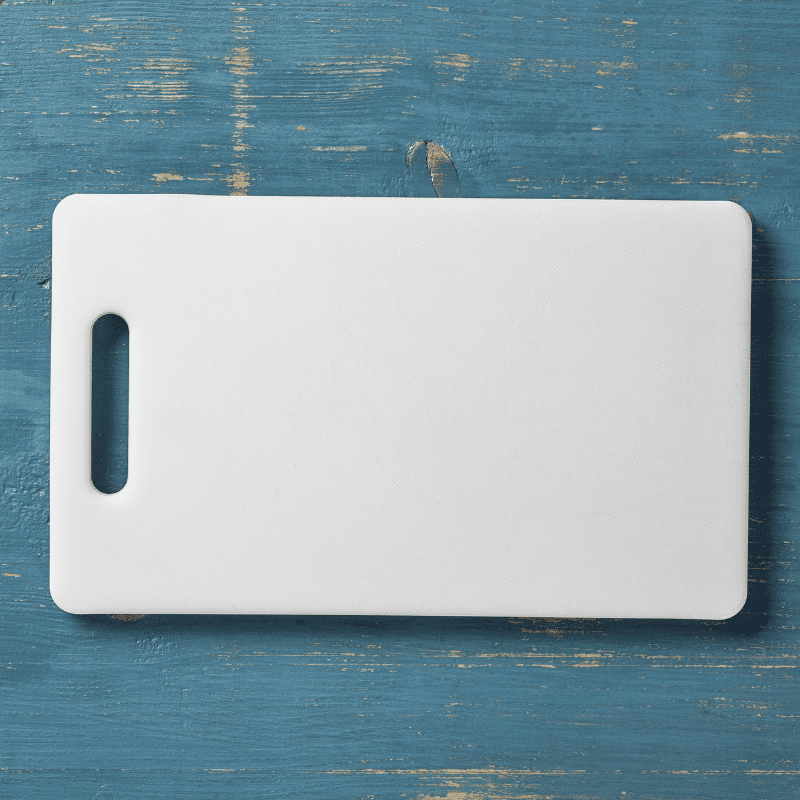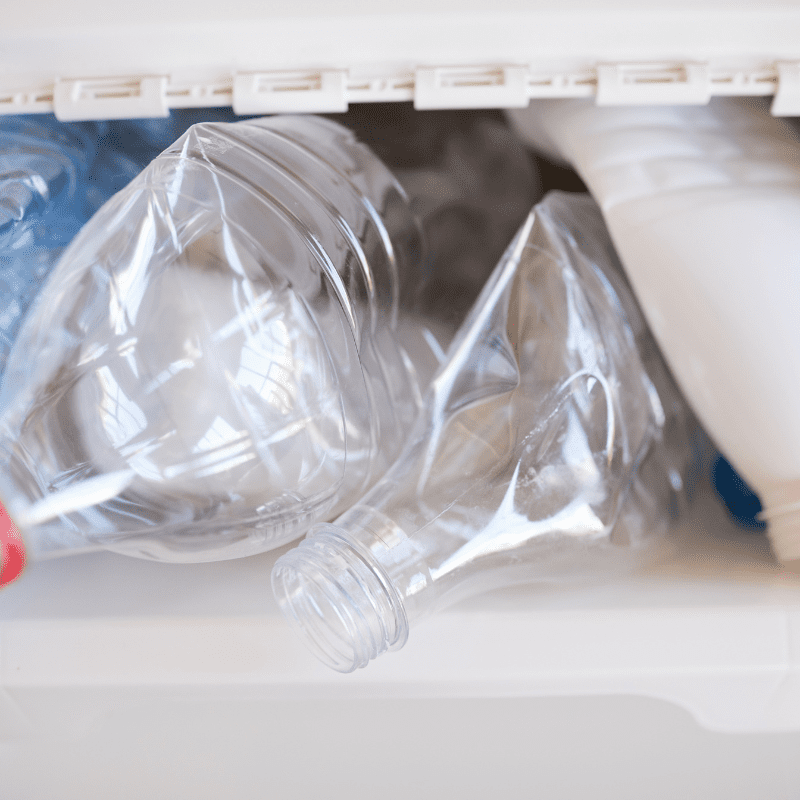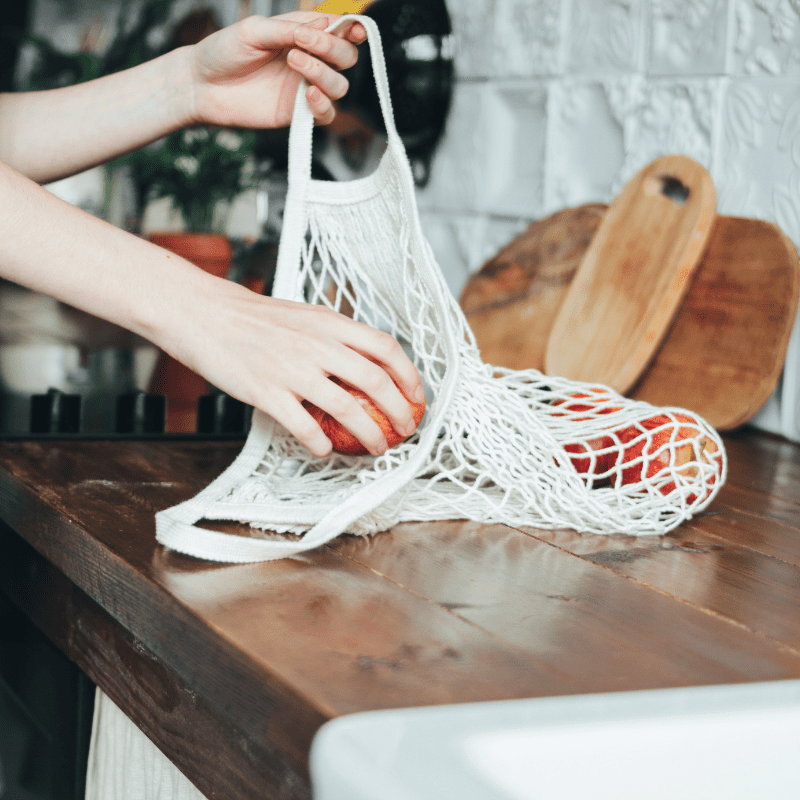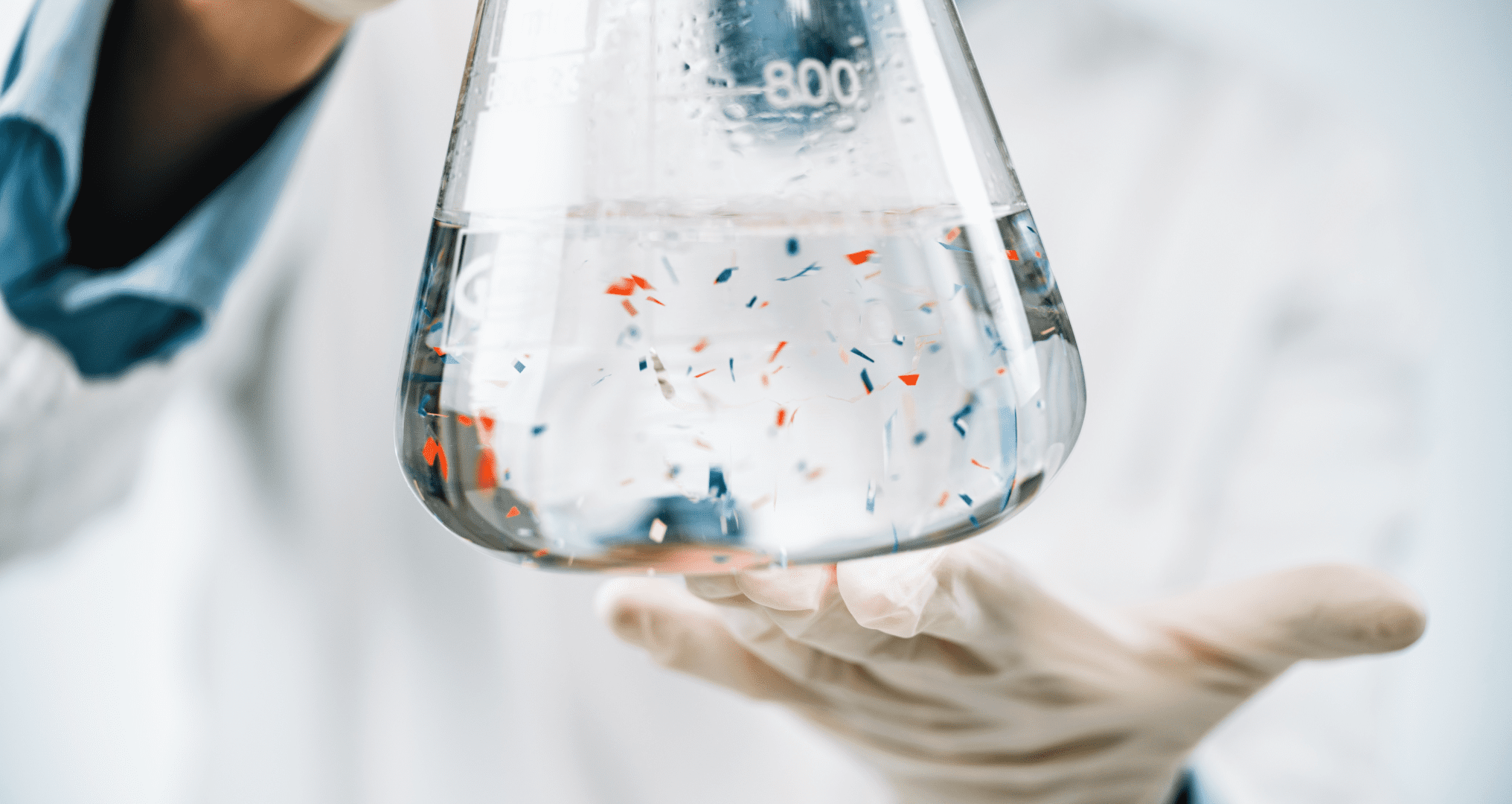It’s no secret that plastic is everywhere around us. From packaging to single-use products, plastic has become an incredibly versatile and inexpensive material in almost every industry. But what happens to all that plastic once we throw it away? Sadly, much of it ends up in our oceans, where it breaks down into tiny particles known as microplastics. These microplastics are now being found in our food and water sources, posing a severe threat to our health and the environment.
To showcase just how serious of a problem microplastics are, Bottleless Nation is here to explain just how these tiny particles are entering our diets, why it’s detrimental, and the health consequences of continuing to consume plastic.
Microplastics in Our Water
Microplastics are now being found in our tap water and bottled water. Studies have shown that plastic particles measuring less than 5 millimeters have been found in tap water in countries worldwide, including the United States. These tiny particles enter our waterways through runoff, wastewater, and even sewer overflows.
In addition, bottled water has been found to contain twice as many microplastics as tap water. These microplastics come from various sources, including the breakdown of larger plastic items, such as the bottles and the microfibers released while washing synthetic fabrics. Even the use and production of microbeads is leading to an increased plastic pollution problem, especially near production facilities. As a result, unsuspecting communities consume these plastics when their only source of drinking water is their tap.
Microplastics in Our Food
Microplastics are also entering our food chain. Scientists have found long polymer fibers, fragments, and plastic particles in fish, shellfish, and other marine life. Plastic is also being found in honey, beer, and table salt. But how can that be? Well, animals and fish ingest these microplastics out in their natural environments, which then get passed up the food chain to humans. In addition, plastic packaging and containers can also release microplastics into the food we eat. Even that plastic cutting board you use at home releases bits of plastic into your food every time you use it.

Surprisingly, even our daily cup of tea is not free from microplastics. Recent studies have unveiled that plastic-based teabags can release billions of microplastic particles when steeped in hot water. The tea itself is not the issue; the synthetic materials used in many teabags are the cause. When exposed to boiling water, these teabags break down and release microscopic plastic particles into the tea. These particles are then unintentionally consumed by the drinker. This discovery has again highlighted the urgent need for more environmentally friendly packaging alternatives and the importance of making more conscious consumer choices.

The Health Risks of Microplastics
While the long-term health effects of microplastics in our diets are not yet fully understood, research has linked them to various health problems. Studies have shown that microplastics can damage human cells, cause inflammation, and disrupt the body’s endocrine system. Eating fish contaminated with microplastics has also been linked to a higher risk of cancer. Microplastics also absorb and carry various toxins and chemicals, harming human health.
Recent research has unveiled another alarming fact – microplastics have been discovered in the human heart. Scientists in China have found microscopic plastic fragments in human heart tissue, revealing yet another potential health risk of plastic pollution. The microplastic particles were identified in post-mortem tissue samples of four individuals. The particles identified were mainly polyethylene terephthalate (PET), a standard plastic used in drink bottles and synthetic clothing. This discovery suggests that these particles could be transported through our bloodstream, reaching even the most vital organs.
While the immediate impact of these plastic particles on heart health is still unclear, the findings provide further evidence of the pervasive nature of microplastics and the urgent need to understand their implications for human health.
What Can We Do?
Microplastics are an urgent environmental and health issue that requires action from everyone. As individuals, we can make small changes that make a big difference. For example, we can reduce our consumption of single-use plastics, choose natural fabrics over synthetic ones, and dispose of our waste responsibly. It’s also important to support companies and organizations that are actively working to reduce plastic use and pollution.
Tips for Reducing Your Plastic Use at Home
Taking steps to reduce your plastic use at home helps protect the environment and shields you and your family from the potential health risks associated with microplastics. Here are some practical tips to get you started:
- Swap Plastic for Reusable Bags: Invest in cloth or canvas shopping bags, and remember to take them with you when shopping. This simple switch drastically reduces the amount of plastic you bring into your home.
- Choose Glass or Metal Containers: Replace plastic food storage containers with glass or metal ones. Not only do these alternatives last longer, but they also don’t release harmful chemicals or microplastics into your food.
- Avoid Plastic-Bottled Beverages: Opt for water in glass bottles or invest in a high-quality water filter for your home or business. You should also avoid buying drinks in single-use plastic bottles.
- Say No to Plastic Utensils: Opt for silverware instead of plastic utensils. If you need disposable ones, consider compostable options.

- Buy in Bulk: Purchase food in bulk when possible to reduce the amount of plastic packaging waste. Remember to bring your reusable containers to carry bulk items.
- DIY Cleaning Products: Consider making your own cleaning products that can be stored in reusable containers, thus eliminating the need for single-use plastic containers.
Reducing plastic use at home requires a conscious effort, but these changes can become second nature with time. Remember, every small step we take towards reducing plastic consumption counts in the fight against microplastics.
We Can Stop More Plastic Pollution
Microplastics are a significant threat to our health and the environment, entering our diets in alarming amounts. By educating ourselves about the issue and taking action, we can all play a role in reducing our exposure to microplastics and protecting our health.
At Bottleless Nation, we’re on a mission to counter this challenge head-on, spearheading efforts to minimize plastic use and its ensuing pollution. We collaborate with bottleless water cooler dealers around the United States, providing homes and businesses with a more sustainable and healthier drinking water option. Our partnerships also extend to other like-minded organizations dedicated to cleaning up our plastic waste, manifesting a collective effort towards a plastic-free environment. Through these proactive initiatives, Bottleless Nation fortifies its commitment to safeguard our health and the environment from the detrimental impact of plastic pollution.

